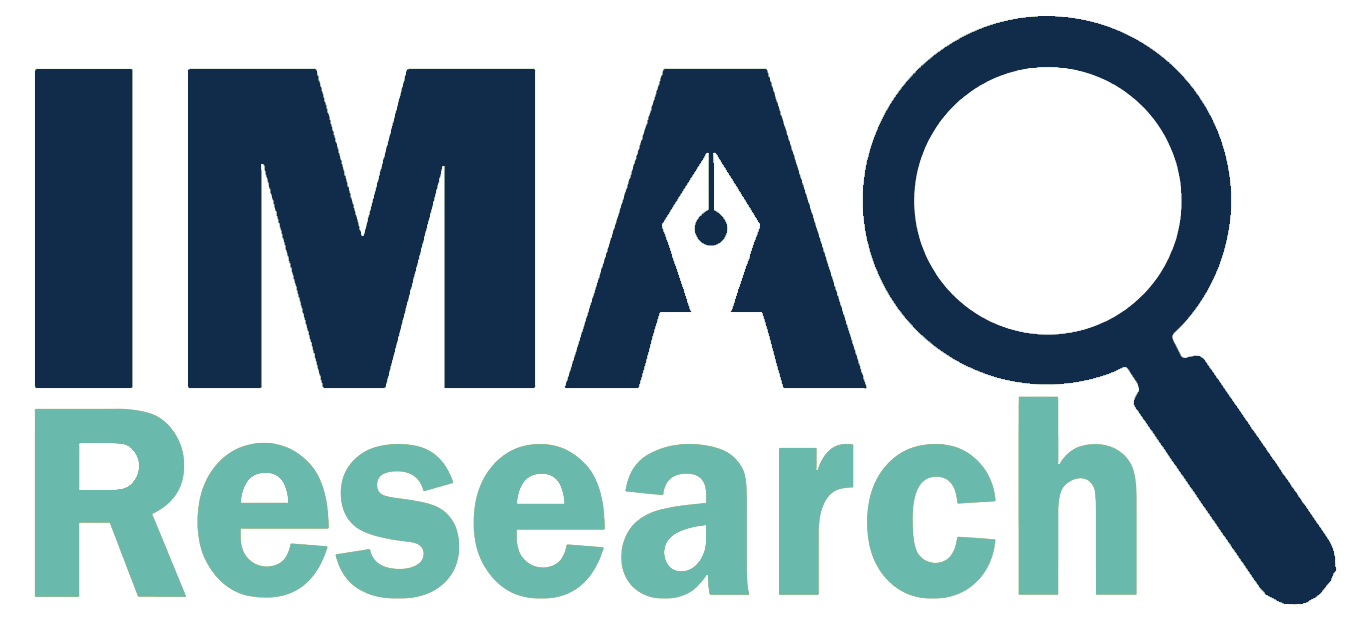A “Robot” is May well-defined regarding its competency. It’s a machine that may bring out a posh sequence of actions automatically, especially one programmable by a computer. This article has explained in short about the applications of robots and shed light on the Future of Robots and AI.
Robots are a superb example of artificial intelligence. Robots won’t take over the globe but they will overtake some businesses. Technologies are altering the way we treat patients, design cars, build buildings, and even create art. Robots are successful to interrupt several industries within the near future. Within the first 1990s, U. S. banks initiated installing ATMs across the country.
These machines could do exactly about the whole lot an individual’s teller could do. This fueled fears of job loss, and after all, the number of human tellers did begin to drop, but at the same time, there was also some excellent news. The cost-saving brought on by the “robotic teller machines” stimulated banks to open up more branches. Now in Pakistan, almost every bank has its “automatic teller machines” with every branch.
Besides, a report put together by the accountancy firm PwC expected that between 2017 and 2037, AI and robotics will displace up to 7 million jobs. Though the decrease in costs began by the utilization of computer science and robots would, in turn, generate 7.2 million new jobs, giving a net achievement of 200,000 jobs. Within the present days, robots are undertaking jobs in every field of life.
Robots in medical
In the future automation might influence an in-depth area of medical practices, including operation, rehabilitation, therapy, psychological health, and plenty of more. A 2018 report published by the International Federation of Robotics found that their total value of sales of medical robots was around $1.9 billion and accounted for 29 percent of the full sales value of professional service robots in 2017.
In 2016, robot-assisted surgical treatments were already getting used in major events by British National Health Service (NHS). At the identical time, at Boston Children’s Hospital in Massachusetts, a robot operated together with doctors to mend a child’s leaky heart valve.
Robots in the agriculture
A range of recent technologies is altering the agriculture industry. Improvements in self-directed technologies are facilitating farmers with driverless tractors, and automatic harvesting systems. Other zones within the industry that are probable to experience some sort of growth include implanting, crop seeding, crop monitoring, fertilization, and irrigation.
Robotics could ultimately help in farming areas littered with a scarcity of labors, like crop harvesting, or in areas that are hazardous, like pesticide administration.
Robots in houses
In homes, robots are already creating their way inside. However, most robots designed for home use appear as if toys. Personal robot assistants that are under progress offer far more than features. Robots are used as communication hubs, smart hubs, music players, and security systems.
Robots in industries
Industrial robots are designed, programmed like it’s unengaged to function on three axes or more. Typical robotic applications include welding, painting, assemblage, and disassembly, pick-and-place for integrated routes, tagging, and packing.
All accomplished with strong durability, speed, and accuracy. They will aid in handling supplies.
Future of robotics and AI
Artificial intelligence is quickly altering the globe and it’s being supposed that by 2050 the consequences of AI would be felt in every domain of human lives. David Wood, president of the London Futurists and treasurer of the Transhumanist Party UK, has said
“Robots may be finishing up all human tasks by the top of 2050 and 10 percent of that may be accomplished by 2025.”
Robots could even plan to help humans and make this world an improved place. they will even attempt to use their super-intelligence to resolve the issues that humans face like heating, the immigrant crisis, food shortage, etc. yet another major point is that robots don’t even need the fundamental things that humans require like food, water, oxygen, etc.
This near way forward for autonomous automobiles which will traverse almost any territory could transform the walk of universal supply chains. At the identical time, almost every major automobile manufacturer is capitalizing heavily on driverless machinery, with initial data signifying that self-directed automobiles are safer than human-controlled ones.
Some countries are already introducing rules and regulations to allow driverless automobiles to control on public roads, possibly rendering the cab, van, and even the private car out-of-date.
Orignally published on PakistanInfo (A CODE International Media Group)
